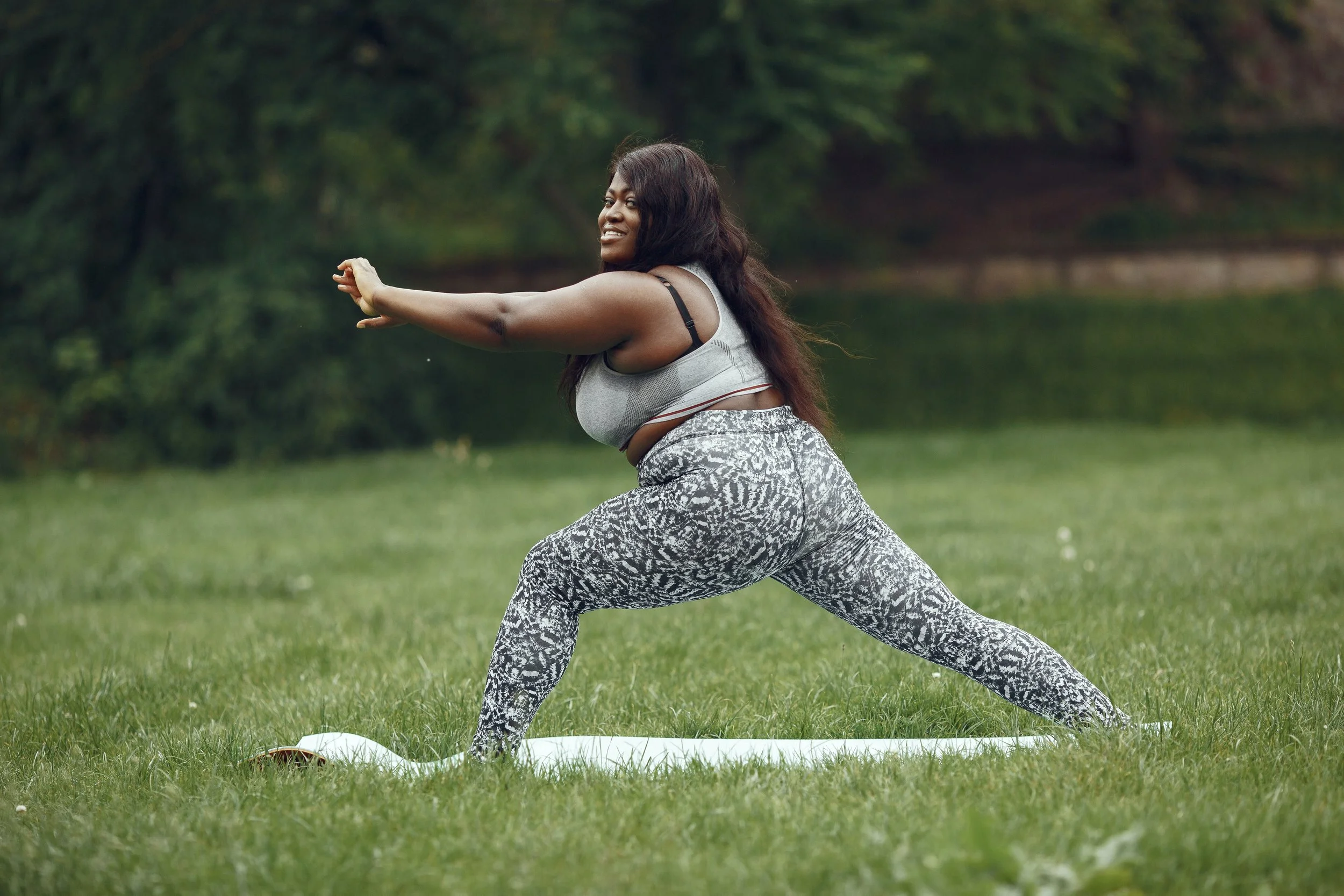Allergies & Air Purifiers
Seasonal blooms, pet dander, and household dust can all trigger sneezing fits and nasal congestion. Although an air purifier can’t eliminate every irritant, the right unit—used correctly—greatly reduces airborne allergens and eases symptoms.
What Are Environmental Allergies?
Environmental allergies occur when the immune system over-reacts to harmless particles such as pollen, mold spores, dust-mite debris, or animal dander. Inhaling these particles can set off itchy eyes, runny noses, coughing, and even asthma flares.
How Do HEPA Air Purifiers Work?
High-Efficiency Particulate Air (HEPA) filters force room air through a dense mat of fibers that traps at least 99.97 percent of particles as small as 0.3 microns—the size range for most pollen grains and pet dander.
Do Air Purifiers Help With Allergies?
Air purifiers are not magic bullets, but continuous use can slash indoor allergen levels and provide noticeable relief, especially when paired with good cleaning habits, humidity control, and ventilation.
Choosing the Right Air Purifier
True HEPA label: Guarantees high-level particle capture.
Clean Air Delivery Rate (CADR): Match CADR to your room’s square footage; oversize slightly for open layouts.
Coverage area: Ensure the unit’s stated coverage meets or exceeds your space.
Filter replacement cost: HEPA filters typically last 6–12 months; budget for regular changes.
Noise level and fan speeds: Quieter models encourage all-night use in bedrooms.
Where Should I Place My Air Purifier?
Bedroom: Position the purifier 6–10 feet (1.8–3 m) from the head of the bed with the intake facing you.
Living areas: Place the unit centrally, away from corners, curtains, or furniture that block airflow.
General tip: Keep doors and windows closed while the purifier runs to maintain clean air circulation.
Extra Tips to Reduce Indoor Allergens
Vacuum carpets and upholstery weekly with a HEPA-equipped vacuum.
Wash bedding in hot water (at least 130 °F / 54 °C) to kill dust mites.
Maintain indoor humidity between 40 % and 50 % to discourage mold growth.
Replace HVAC filters (MERV 13 or higher) every three months.
Ventilate by opening windows when outdoor pollen counts are low.
When to See an Allergist
Persistent congestion, wheezing, or skin rashes despite diligent air-quality measures warrant professional evaluation. Skin-prick or blood testing can pinpoint specific triggers, and prescription therapies—including antihistamines, nasal sprays, or immunotherapy—provide targeted relief.
Takeaway
HEPA air purifiers form a powerful first line of defense against airborne allergens—especially when combined with thorough cleaning, optimal placement, and consistent use. Choose a purifier sized for your space, run it daily, and enjoy clearer, calmer breaths all year round.
References
Publishing, H. H. (2018, March). Easy ways you can improve indoor air quality. Harvard Health. https://www.health.harvard.edu/staying-healthy/easy-ways-you-can-improve-indoor-air-quality.
Publishing, H. H. (2010, September). Tiny specks may add up to heaps of trouble. Harvard Health. https://www.health.harvard.edu/newsletter_article/tiny-specks-may-add-up-to-heaps-of-trouble.
related blogs




